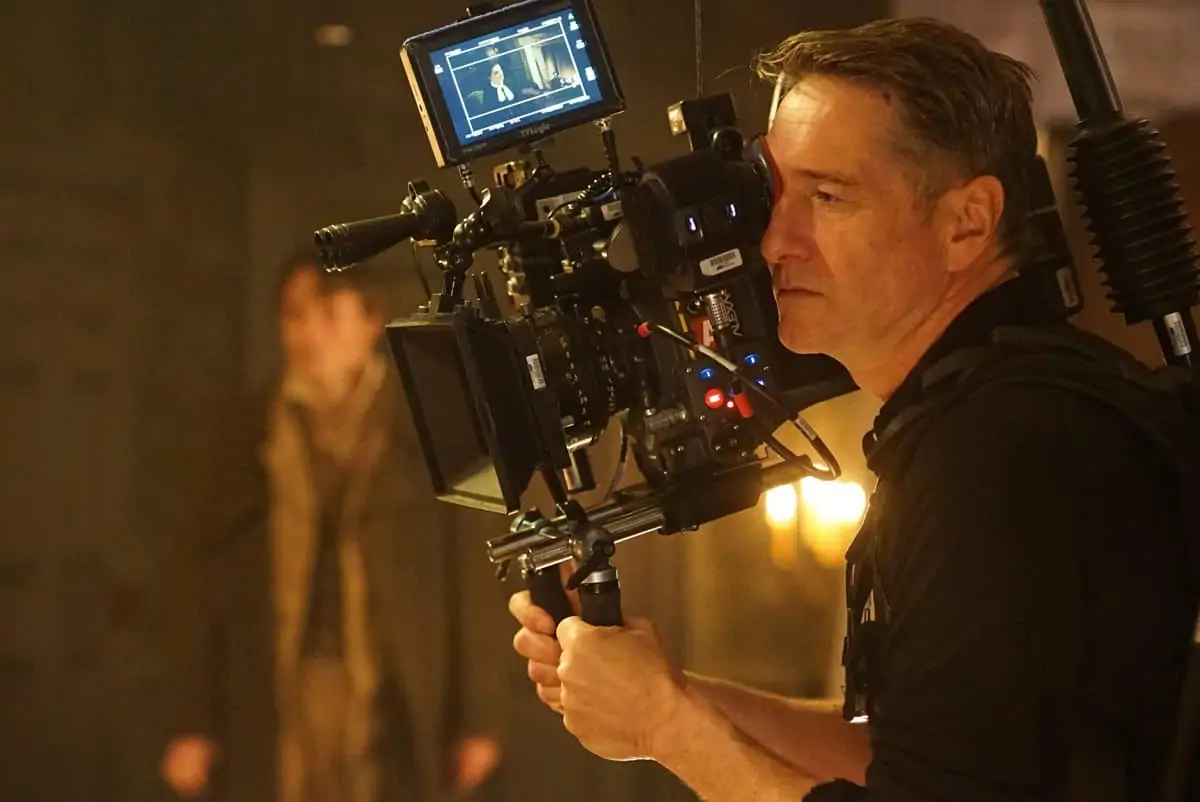Credit worthy
President's Perspective / Mike Eley BSC

Credit worthy
President's Perspective / Mike Eley BSC
There are few things in our industry that divide opinion as quickly and as decisively as awards ceremonies. Or, more precisely, to whom the awards are given. “Really?! They gave best movie to…(insert film title here)!?” Or, “What do you mean Best Cinematography? It’s nearly all CGI!”.
It was ever thus. Actually, that’s not quite true. The Academy Of Motion Picture Arts & Sciences used to be so attuned to our craft that, up until 1967, it had different categories for colour and B&W cinematography. And, of course, back then, visual effects were invariably handcrafted, projected or in-camera. No CGI.
But the point is, awards have nearly always provoked debate and controversy. It’s why we love them, and it’s why we pretend not to care when we’re not nominated. It’s all subjective and the product of robust and fair debate between experts in their field (you’d like to think). But an eye on excellence and innovation is the least one should expect when it comes to appraising the work of fellow professionals in a highly-competitive industry.
The recent news that the Academy Of Motion Pictures Arts & Sciences was proposing changes to its awards ceremony was interesting on a couple of fronts. First, they announced a new ‘Best Popular Film’ category to, presumably, encourage the thought that the ‘Oscars’ wasn’t a gathering of elitists only interested in films that nobody paid money at the box office to go see. Though AMPAS has since announced that it is putting said plan on hold, it did nevertheless provoke contemplation.
First of all, let me just say, I cannot bring myself to join-in with the knocking of those 21st century films that, as someone said, have the word ‘Man’ in the title alongside a number. The picture house is, and always has been, as much a carney-tent as it is a library or a church. There should be room for all human stories, both real and fantastic. Common or garden heroes as well as super-heroes.
"If we agree that visibility is crucial in addressing diversity and inclusiveness in our industry – and therefore many others – then imagine the possible effect on a young woman, say, watching the Oscars on TV and seeing a female cinematographer going up to receive a statuette (any day now). Or the head of a visual effects team, or production designer."
- Mike Eley BSC
The trouble in recent years is that the ‘real’ human stories – parochial, intimate, invariably low-budget – struggle to get distribution. The market today craves instant gratification in a way that it didn’t in years past, with films today having to jump through so many hoops to get one golden chance to shine. The quirky, the esoteric, the leftfield, the so-called minority interest films, all are too easily muscled-out of the game. That’s why, when a gem of a film comes along, one in which all the elements come together in that way that is so difficult to predict, it has a chance of being lauded very visibly by the most prestigious body in the movie industry.
If nominated, and even more if it’s a winner, a micro-budget film can then find that most holiest of grails – a second wind. Perhaps only then can it hope to achieve good box office. The tent-pole, multiplex-dominating movie has franchise power and advertising heft from the get-go; the indie needs all the help it can get. And from those indies emerge talented technicians and craftspeople who go on to make the industry-sustaining blockbusters. Which leads me on to the other proposal that came out of AMPAS, this one relating to the telecast of the Oscars.
In a bid to slim down the show for TV – and not have people turn-off the moment a celebrity is not on the screen – the Academy has suggested that awards given out to technicians do not get aired. Only stars thanking God and their agents will be allowed as opposed to heads of departments paying tribute to their teams and collaborators. It’s an idea that, to my knowledge, has not been shelved, which is a shame, because it’s the one that hints at an increasing problem of perception regarding all those working below-the-line, including, need I remind you… cinematographers.
It might seem perverse to be championing such glitzy turn-outs in times like these, when many people struggle to earn a living wage, let alone a job that might be honoured or recognised. But this is about who gets to go to the party in a much broader sense. If we agree that visibility is crucial in addressing diversity and inclusiveness in our industry – and therefore many others – then imagine the possible effect on a young woman, say, watching the Oscars on TV and seeing a female cinematographer going up to receive a statuette (any day now). Or the head of a visual effects team, or production designer.
Closer to home, we see broadcasters squeezing and rushing the credits of nearly all their programmes in order to advertise the upcoming one. This is a dismal policy at the best of times and shows scant regard for those who sacrifice much for this so-called Golden Age of Television. Credit where credit is due.
Mike Eley BSC
President
British Society Of Cinematographers







